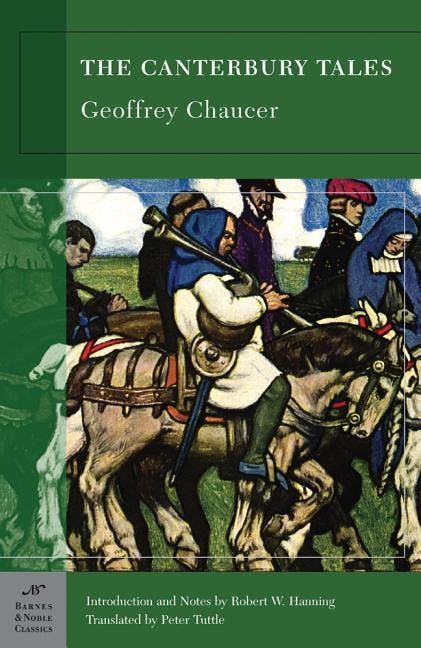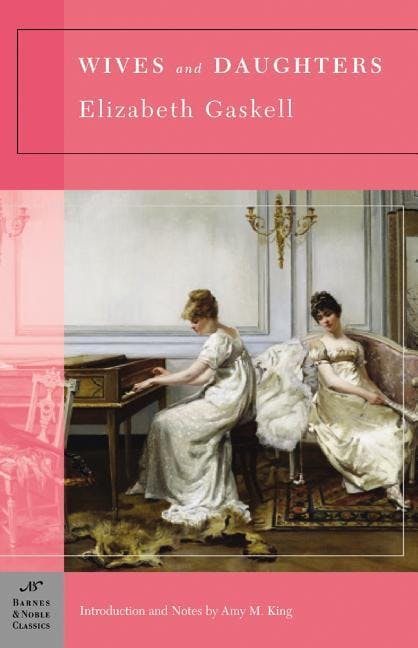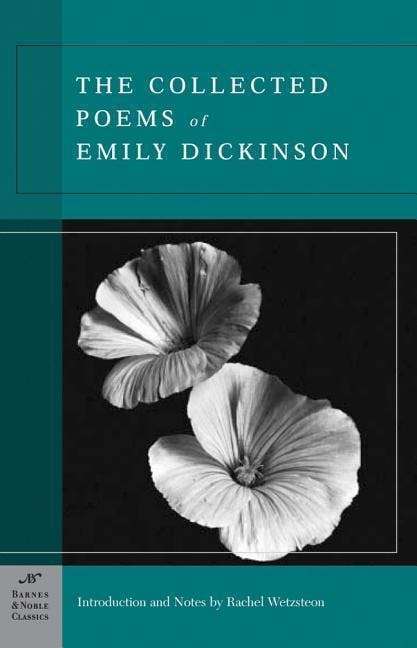Barnes & Noble Classics Books
In order from The Canterbury Tales to The Collected Poems of Emily Dickinson
Book #1
The Canterbury Tales
Written by Geoffrey Chaucer
912
Page
count
Jan 1, 1400
Publication
date
Paperback
$10.95
$10.18
Summary
The Canterbury Tales is a collection of twenty-four stories that runs to over 17,000 lines written in Middle English by Geoffrey Chaucer between 1387 and 1400. It is widely regarded as Chaucer’s magnum opus.
Barnes & Noble Classics Series
Published from 1400 - 1924
3 books| Year | Title | Author | Pages |
|---|---|---|---|
| 1400 | The Canterbury Tales | Geoffrey Chaucer | 912 |
| 1866 | Wives and Daughters | Elizabeth Gaskell | 672 |
| 1924 | The Collected Poems of Emily Dickinson | Emily Dickinson | 400 |
The Creatives Behind the Books
Author
Often referred to as the father of English poetry, Geoffrey Chaucer was a fourteenth-century philosopher, alchemist, astrologer, bureaucrat, diplomat, and author of many significant poems. Chaucer’s writing was influential in English literary tradition, as it introduced new rhyming schemes and helped develop the vernacular tradition–the use of everyday English–rather than the literary French and Latin, which were common in written works of the time. Chaucer’s best-known–and most imitated–works include The Canterbury Tales, Troilus and Criseyde, The Book of the Duchess, and The House of Fame.
Author
Author









